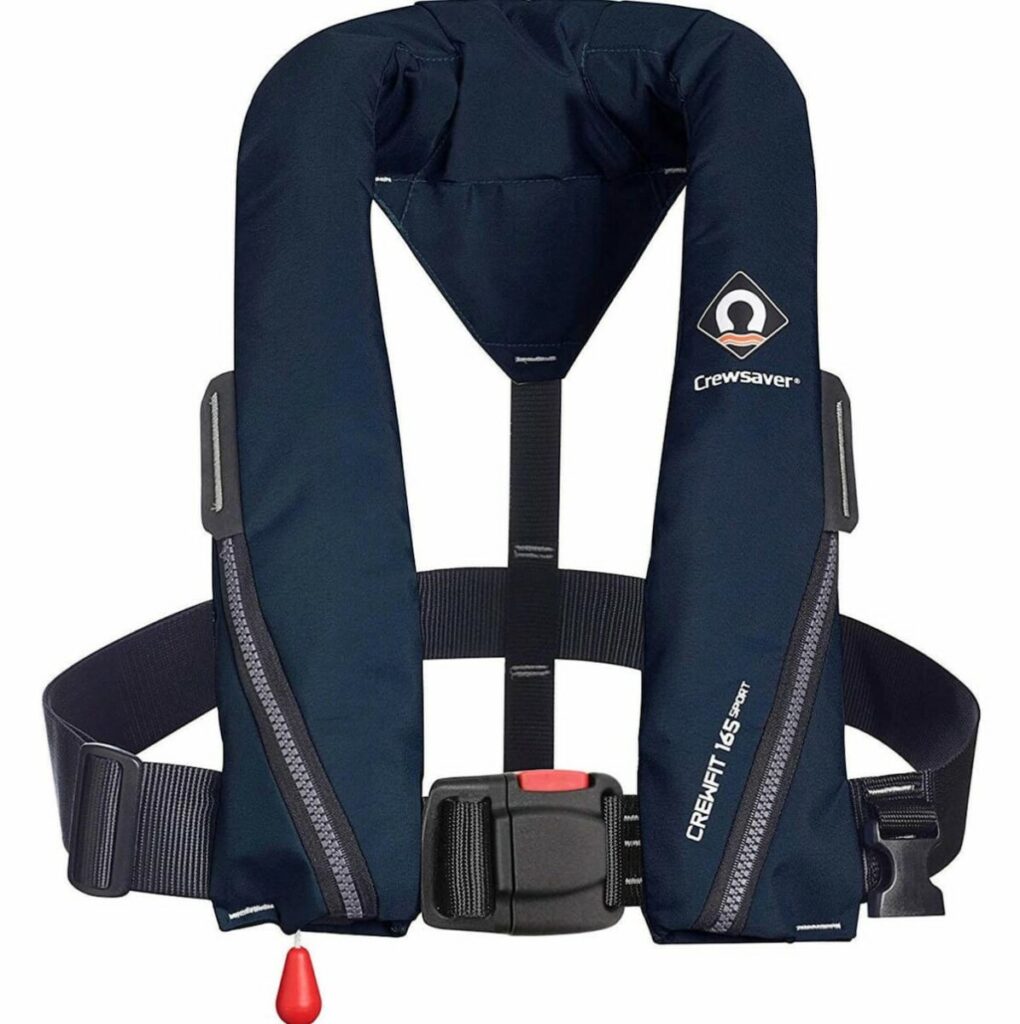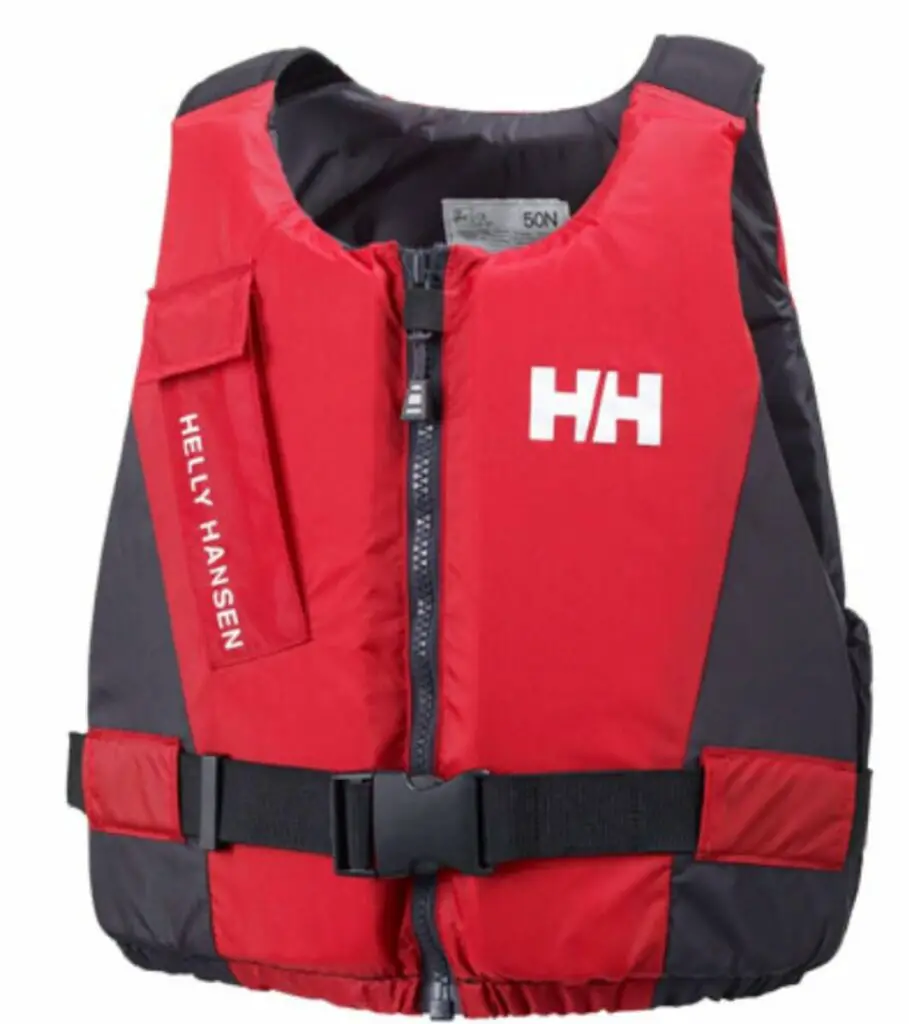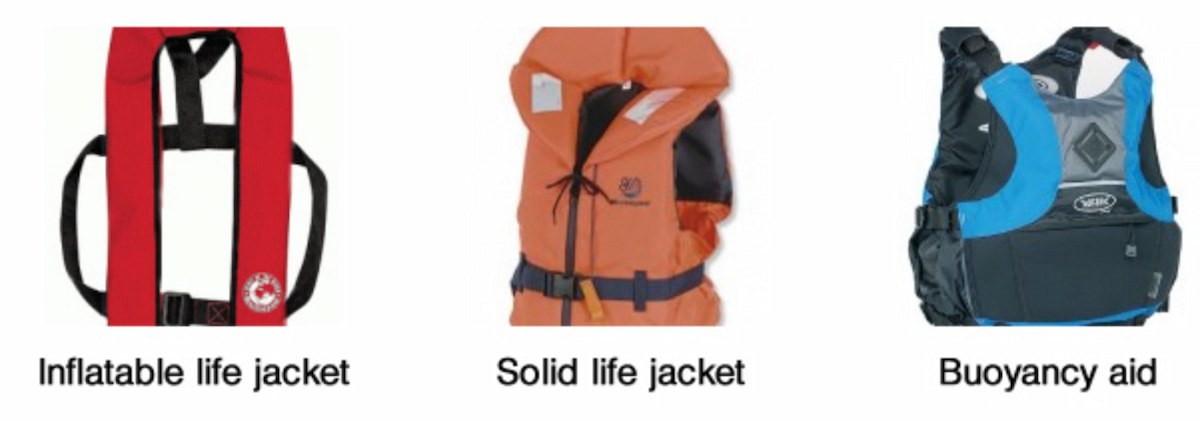Life jackets and buoyancy aids are both designed to help individuals stay afloat and prevent drowning in water. However, they are not interchangeable and are intended for different purposes. So we decided to create this article to explain the differences between life jackets and buoyancy aids in great detail. First lets explain what a PFD is
What is a PFD
PFD stands for Personal Flotation Device, which is also commonly known as a life jacket or life vest. A PFD is a type of flotation device that is designed to keep a person afloat in water and prevent drowning. PFDs are typically made of foam or inflatable materials, and they are worn by people engaged in activities such as boating, fishing, kayaking, and other water sports.
PFDs come in different types and are classified based on their intended use and buoyancy characteristics. For example, Type I PFDs provide the most buoyancy and are recommended for offshore activities, while Type III PFDs are suitable for calm, inland water where rescue is quick and easy.
PFDs are essential safety equipment for anyone engaging in water activities, and it is important to choose the right type of PFD for the activity and ensure that it is properly fitted and worn at all times while on or near the water.
Are all Life Jackets PFD’s?
Yes, all life jackets are considered Personal Flotation Devices (PFDs), but not all PFDs are life jackets. A life jacket is a specific type of PFD that is designed to keep a person’s head and neck above water, even if they are unconscious. Life jackets are typically the most buoyant type of PFD and are suitable for activities such as boating, fishing, and other water sports.
There are other types of PFDs besides life jackets, such as buoyancy aids, flotation suits, and throwable devices, which are designed to provide different levels of buoyancy and support depending on the intended activity and water conditions. However, all PFDs are designed to help keep the wearer afloat in the water and prevent drowning in case of an accident or emergency.
Life Jackets

A life jacket is technically a type of personal flotation device (PFD) that is designed to keep a person afloat and maintain a person’s head above the water’s surface. Life jackets are typically worn by people who are not confident swimmers, are in rough water conditions, or may become unconscious, such as those participating in water sports like jet skiing, water skiing, or wakeboarding.
Life jackets are made of materials that are highly buoyant, such as foam, and are designed to keep the wearer in a vertical position with their head above the water. They typically have straps that go over the shoulders, around the waist, and between the legs to secure the jacket to the body. Life jackets are also usually brightly colored and have reflective strips to increase visibility.
In addition to providing buoyancy, life jackets can also offer protection from hypothermia by keeping the wearer’s core body temperature warmer. This is because the wearer’s body is in contact with the water, which can be significantly colder than the air temperature.
Life jackets are generally required by law to be worn on boats and watercraft in many jurisdictions. It’s important to choose the right type of life jacket for the intended activity and weight of the wearer, as well as to make sure that the life jacket is properly fitted and adjusted to ensure maximum effectiveness.
Buoyancy Aids (BA)

A buoyancy aid is a type of PFD that is designed to provide buoyancy and support to the wearer, but not to keep them afloat. Buoyancy aids are typically worn by people who are comfortable in the water, such as swimmers, canoeists, and kayakers.
Buoyancy aids are made of materials that are less buoyant than those used in life jackets, such as neoprene foam or inflatable chambers. They are designed to allow the wearer to move freely in the water, as they do not keep the wearer in a vertical position with their head above the water. Instead, they allow the wearer to swim and move around in the water while providing some support and buoyancy to keep their body afloat and stop them from sinking.
Buoyancy aids are usually worn during activities that involve frequent immersion in water, such as kayaking or canoeing. They are also typically less bulky and more comfortable to wear than life jackets, which can make them a more popular choice for activities where freedom of movement is important.
It’s important to note that buoyancy aids are not suitable for all water activities, and they should never be used as a substitute for a life jacket in situations where the wearer may be at risk of drowning.
Buoyancy Aids Vs Life Jacket Key Differences
The key differences between life jackets and buoyancy aids are:
- Purpose: Life jackets are designed to keep the wearer afloat and maintain their head above the water, while buoyancy aids are designed to provide buoyancy and support to the wearer, but not keep them afloat.
- Buoyancy: Life jackets are made of materials that are highly buoyant, while buoyancy aids are made of materials that are less buoyant.
- Positioning: Life jackets are designed to keep the wearer in a vertical position with their head above the water, while buoyancy aids allow the wearer to move freely in the water.
- Comfort: Buoyancy aids are typically less bulky and more comfortable to wear than life jackets, which can make them a more popular choice for activities where freedom of movement is important.
Important to note:
Both BA’s, PFD’s and Life jackets come in all shapes and sizes
Conclusion
In summary, both life jackets and buoyancy aids are important safety devices that can help save a person’s life. It is important that research what you are doing so you can correctly choose what is appropriate before you go out on the water (If in doubt as an instructor or specialist). It is important that you wear but also make sure your BA and Life jacket is correctly fitted when going on the water.
